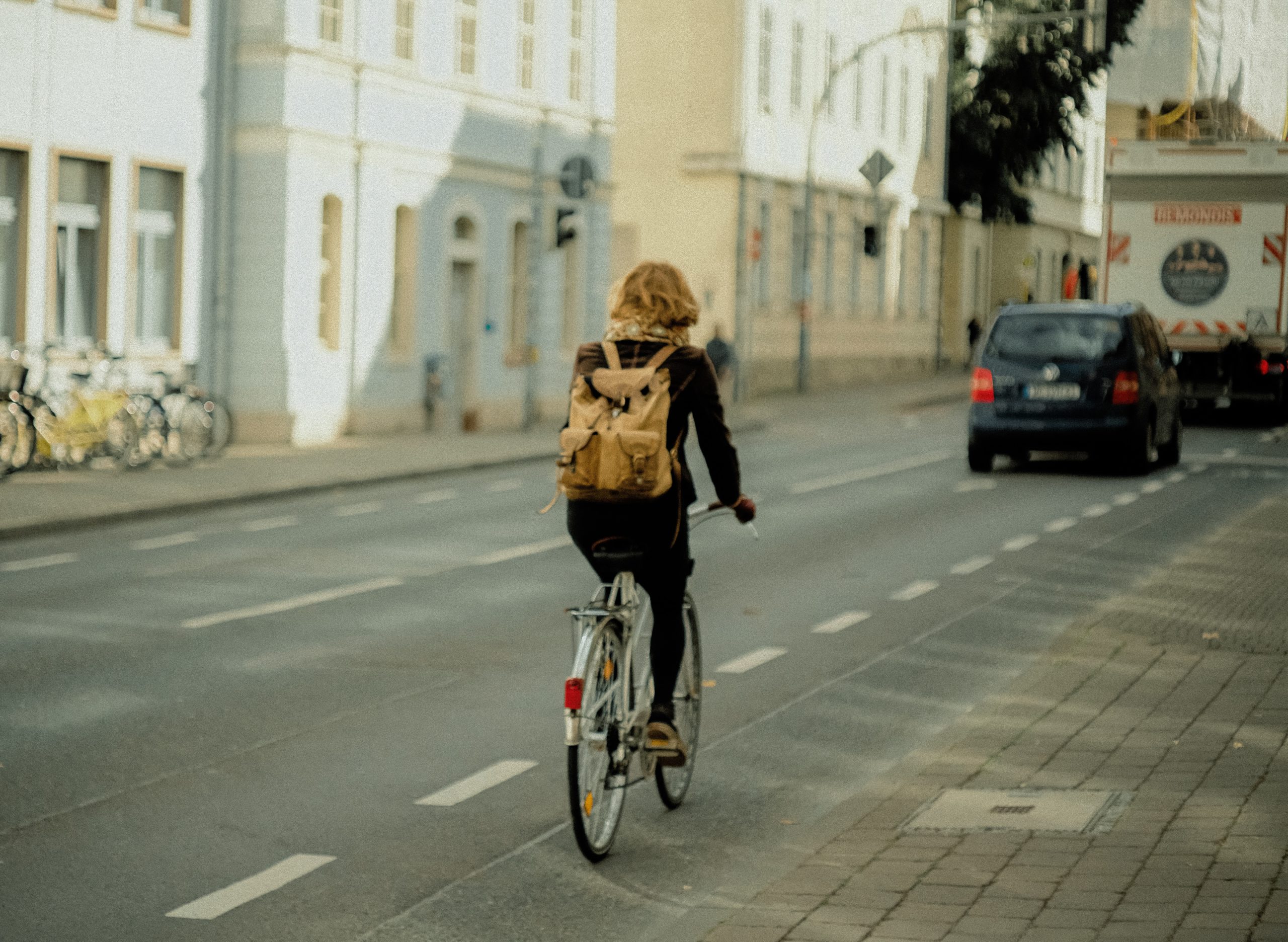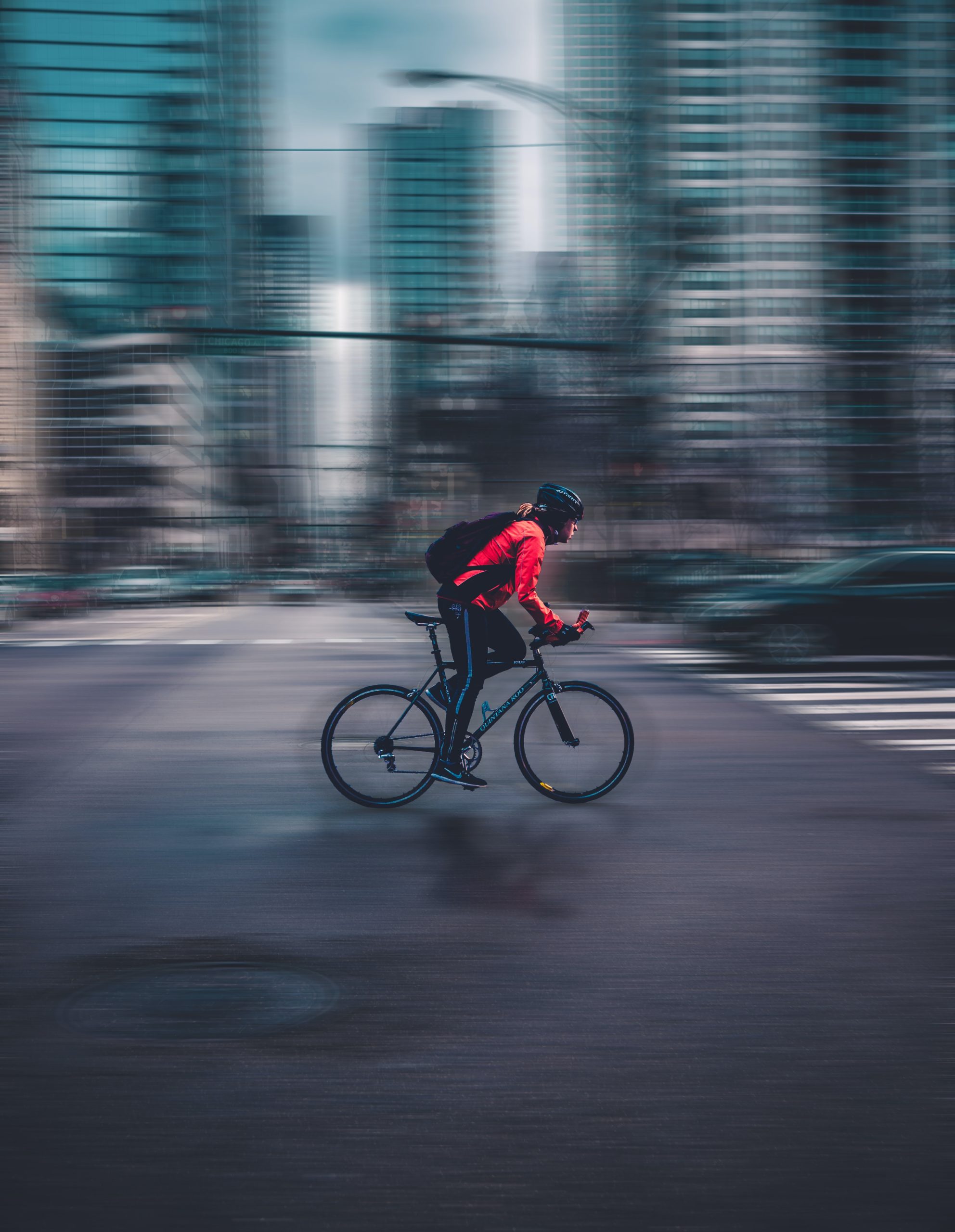As cycling continues to grow in popularity as a mode of transportation and recreation, the importance of bicycle safety gear cannot be overstated. Over the years, advancements in technology and design have revolutionized the gear available to cyclists, making rides safer and more enjoyable. In this article, we delve into the fascinating evolution of bicycle safety gear, from its humble beginnings to the exciting future trends on the horizon.
The Early Days: From Helmets to Reflectors:
The journey of bicycle safety gear began with the introduction of basic essentials such as helmets and reflectors. Helmets initially met with resistance, are now widely accepted as crucial protective gear. Reflectors, enhancing visibility during low-light conditions, have become a standard feature on bicycles.
Enhanced Protection: The Rise of Advanced Helmets:
The past decade has witnessed remarkable advancements in helmet technology. Lightweight materials, such as carbon fiber and advanced polymers, have made helmets more comfortable and durable. Features like MIPS (Multi-directional Impact Protection System) and improved ventilation systems provide enhanced protection and improved airflow.
Brighter and Smarter: Innovative Lighting Solutions:
Modern lighting solutions have made significant strides, ensuring cyclists remain visible and safe on the road. LED lights, with their energy efficiency and brightness, have replaced traditional bulbs. Additionally, smart lighting systems, such as automatic on/off sensors and adaptive lighting, are emerging to optimize visibility and conserve battery life.
Visibility Beyond Reflectors: High-Visibility Clothing:
High-visibility clothing has evolved from simple reflective vests to stylish and functional apparel that integrates reflective elements directly into the fabric. These garments offer improved visibility during day and night rides, making cyclists more conspicuous to motorists.
Protective Gear Reinvented: Gloves, Pads, and More:
Protective gear, once limited to professional athletes, has become more accessible and user-friendly. Cycling gloves now feature padding and grip enhancements, providing both protection and comfort. Elbow and knee pads have also undergone significant advancements, combining durability with flexibility to ensure optimal safety during falls or collisions.
Wearable Technology: From Fitness Trackers to Smart Helmets:
The convergence of technology and cycling has led to the development of innovative wearable devices. Fitness trackers, integrated into smartwatches or dedicated cycling computers, monitor vital statistics like heart rate, distance, and speed. Smart helmets equipped with built-in communication systems, rearview cameras, and even turn signal indicators are shaping the future of cycling safety gear.
Airbag Systems: Taking Protection to the Next Level:
Airbag systems specifically designed for cyclists represent a game-changing advancement in safety gear. These wearable devices deploy instantly in the event of a crash, providing enhanced protection for the cyclist’s head and neck. Airbag vests and jackets are poised to revolutionize safety standards and minimize the impact of accidents.
Integration of Artificial Intelligence (AI):
The future of bicycle safety gear holds exciting possibilities with the integration of AI. Smart sensors and computer vision technologies can enable real-time hazard detection, alerting cyclists to potential dangers. AI-powered systems may also provide personalized feedback on cycling techniques, promoting safer riding habits.
Sustainability and Eco-Friendly Gear:
As environmental consciousness grows, there is an increasing focus on sustainable and eco-friendly safety gear. Manufacturers are exploring materials derived from recycled sources, bio-based alternatives, and eco-conscious production processes to minimize their impact on the environment.
The Human Factor: Education and Awareness:
While safety gear plays a crucial role, it is equally important to educate cyclists about responsible riding and the importance of following traffic rules. Promoting awareness campaigns, offering cycling education programs, and fostering a culture of mutual respect among all road users contribute to a safer cycling environment.
Conclusion:
As cycling continues to evolve and grow in popularity, so does the realm of bicycle safety gear. From the early days of helmets and reflectors to today’s cutting-edge technologies, the evolution of safety gear has been driven by a relentless pursuit of enhanced protection and rider well-being. With advancements such as advanced helmets, innovative lighting solutions, smart devices, and even airbag systems, cyclists now have an array of options to choose from when it comes to their safety on the road.
Looking ahead, the future of bicycle safety gear holds even more promise. With the integration of artificial intelligence, wearable technologies will become smarter and more intuitive, providing real-time hazard detection and personalized feedback to cyclists. Sustainable and eco-friendly gear will also become more prevalent as the industry embraces environmentally conscious practices.
However, it’s essential to remember that safety gear alone is not enough. Education, awareness, and responsible riding practices play an integral role in ensuring cyclist safety. By promoting a culture of safety, sharing the road with mutual respect, and investing in infrastructure that supports cyclists, we can create an environment where safety gear and responsible behavior go hand in hand.
So, whether you’re a seasoned cyclist or just starting out, don’t overlook the importance of quality safety gear. Embrace the advancements and innovations available, and always prioritize your safety on every ride. With the continuous evolution of bicycle safety gear, we can confidently pedal forward into a future where cycling is not only a source of joy and freedom but also a safe and secure experience for all.
Consult with Darfoor Law Firm
An experienced lawyer provides you with the opportunity to discuss your situation and gain clarity on your potential avenues for seeking compensation. It’s your opportunity to ask questions, assess the strength of your case, and decide if legal representation is beneficial for you.
If you or a loved one has been injured in an accident due to someone else’s carelessness or fault, Darfoor Law Firm is here to provide support and suggest the best course of action.
Accidents can be difficult to deal with; that is why having someone who understands and empathizes is so important.
Call us at +1-833-DARFOOR for a complimentary consultation and case evaluation.






